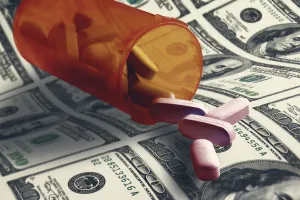The pharmaceutical and medical device industries, even when required by the federal government, have not made it easy to track their expenditures on doctors and teaching hospitals. (Explore our Open Payments news app.)
It has taken ProPublica several months to spot and fix errors in the Open Payments database, which the federal government released at the end of September. (The government released an updated version of the database in mid-December, but that is not included in this analysis.)
Some companies misspelled the names of drugs and devices, which made it difficult to tally spending. Others referred to their products by more than one name. Some companies listed their medical devices as drugs, while other companies reported payments to doctors or teaching hospitals but left off which products were related to the payments.
When possible, ProPublica standardized drug and device names to allow for easier aggregation and comparisons. We also recategorized products when a company listed something as both a drug and a device or when a company appeared to make a mistake.
In some cases, companies reported multiple drugs associated with the same payment, without breaking out how much was attributable to each. Rather than guessing how to apportion such payments, ProPublica applied the full payment amount to each drug, which may result in higher tallies. (Some companies routinely listed multiple drugs with individual payments, so excluding such spending would have substantially distorted their totals.)
Some types of drug promotion don't show up in the Open Payments data. These include the amount spent by companies on drug representatives who visit doctors' offices, the value of drug samples left at those offices, and what's spent on advertising to physicians and patients.
Because of data inconsistencies, about 40 percent of records in Open Payments do not contain the names of the specific physician or hospital that received the payment. The records do note the drug or device involved, and ProPublica included those in our analysis.
Related story: Vying for Market Share, Companies Heavily Promote ‘Me Too’ Drugs










